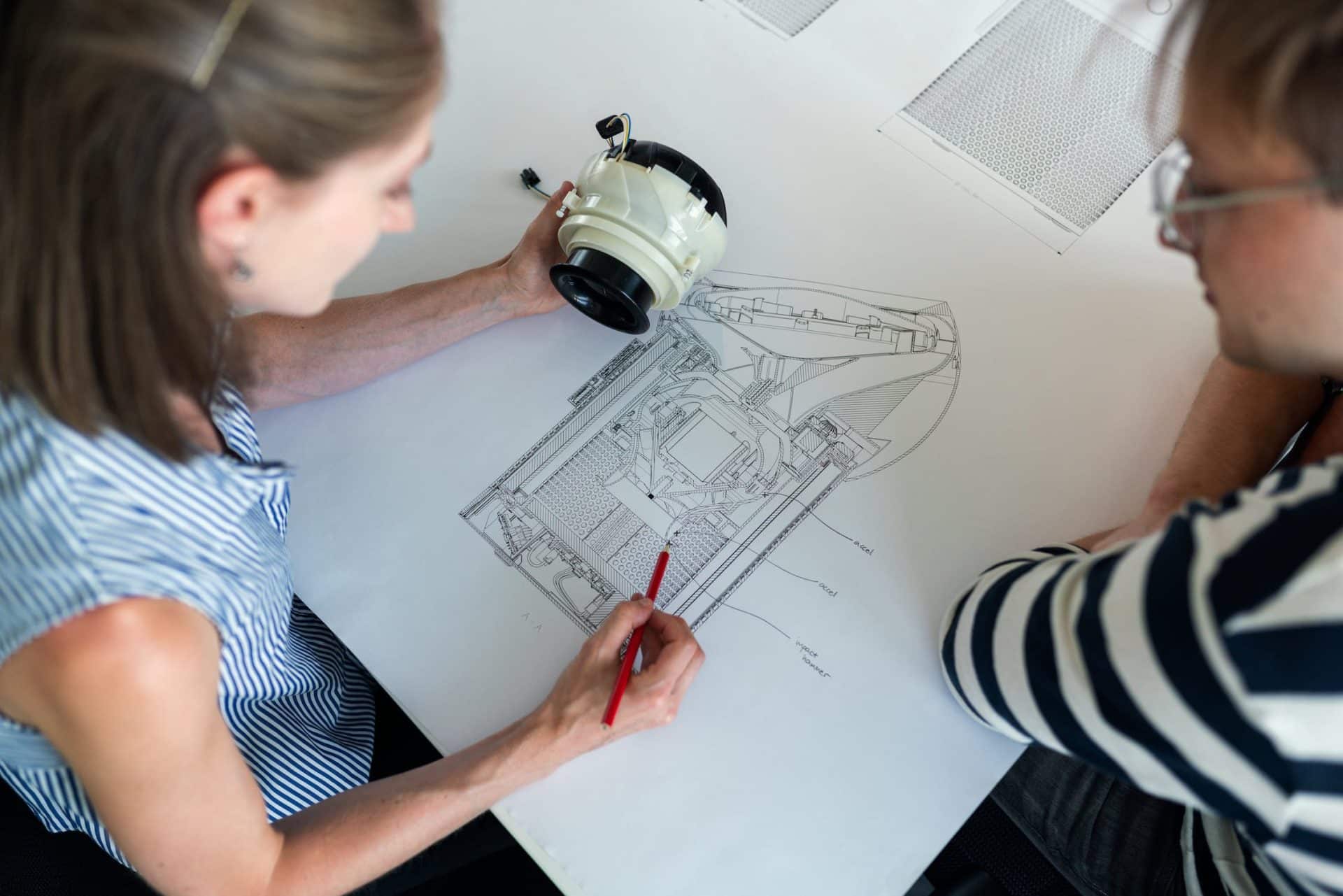The user experience-centred (UX-centred) paradigm has dominated the digital creations industry in the past decade. As a successful model, more businesses and organisations are working with UX experts to design and create digital products. It’s now normal to find a user experience design agency or UX tech support company anywhere in the world these days. To understand its popular appeal, it’s crucial to know how this approach evolved and its significance in addressing problems.
The Rise of the UX Consciousness
The term “UX design” was first coined in 1995 by Don Norman, a career psychologist who joined then-budding tech company Apple, Inc. He advocated that technological design must suit every aspect of human users. This was a revolutionary idea at the time since it espoused that technology can be appealing and not just simply be technically sophisticated, but humanly appealing too.
Soon after, other technology industry giants like IBM and (much later) Facebook followed suit as empirical studies proved that UX design-driven companies rose above their peers.
This phenomenon is primarily due to the nature of UX-focused thinking. This mindset viewed individuals not just as “consumers,” but ultimately as human users that need and want “custom-fit” experiences with devices and digital products. Technology has become a status symbol, one that evolves over time, and UX design is easing products into everyday aspects of life to make them more affordable, practical, useful, and convenient.
UX as Discipline and Practice
With a powerful and empowering principle behind it and a growing consumer base impressed with such an approach, UX thinking grew in popularity and application. Companies offering user experience design services soon sprouted worldwide to cash in on this new technological “Gold Rush.”
UX design soon became a standard for new technology producers, digital creators and innovation brokers. As a discipline, it called for a balance between technological sophistication and human sensitivities to produce meaningful new gadgets and applications. As a practice, it created new jobs and increased the demands for digital designers who must not only be technically competent but have soft skills in understanding human needs. A UX designer should ideally know what both his client and their customers want.
As both discipline and practice, the impact of UX design also had ripple effects on industries other than technological development. Healthcare, banking and notably, education – as institutions now offer courses on studying design thinking, tools and techniques to keep up with the demands of the competitive digital industry.
The Exploratory and Problem-Solving Nature of UX Design
The basic mantra of UX as mentioned earlier posits that people are not just technology consumers, but product users too. UX designers must understand human idiosyncrasies and needs.
The exploratory and problem-solving side of UX is evident in its utilitarian and logical approach to fulfilling needs and performing according to expectations.
Primarily, UX design acknowledges that people buy products to solve a problem. Thus, the fundamental step in any UX approach is to answer what the ‘real’ problem is. Effective UX strategies first try to identify what difficulty are people trying to address when they buy a product or use an application.
Delivering answers and analysing ‘real’ problems are not simple processes. It requires a comprehensive understanding of targeted users as well as in-depth research. Research obtains data from sources and results require analysis. Analysis and insights derived from them often point to different things, some of which may be up to a decision-maker’s interpretation, and this is why finding real answers are always exploratory. Many modern Singaporean businesses already implement UX thinking in one or more ways.
The next logical step is to find plausible solutions. This is where designers develop one or two features that immediately solve a problem and also offer a range of other functionalities for convenience and useability. A typical UX designer in Singapore is adept in product thinking and good at optimising a technology by providing it with features useful in the short and long term.
Conclusion
User-centric design has become a dominant approach in digital creation not only due to its needs-based philosophy but also its nature as an exploratory and solution-oriented method. When it comes to providing excellent user experience, Singapore has some of the best solutions companies, such as User Experience Researchers Singapore (USER). We can provide UX and UI services, web and mobile app development, as well as enterprise business products. For more information or enquiries, please reach out to us at https://www.user.com.sg/contact/.





